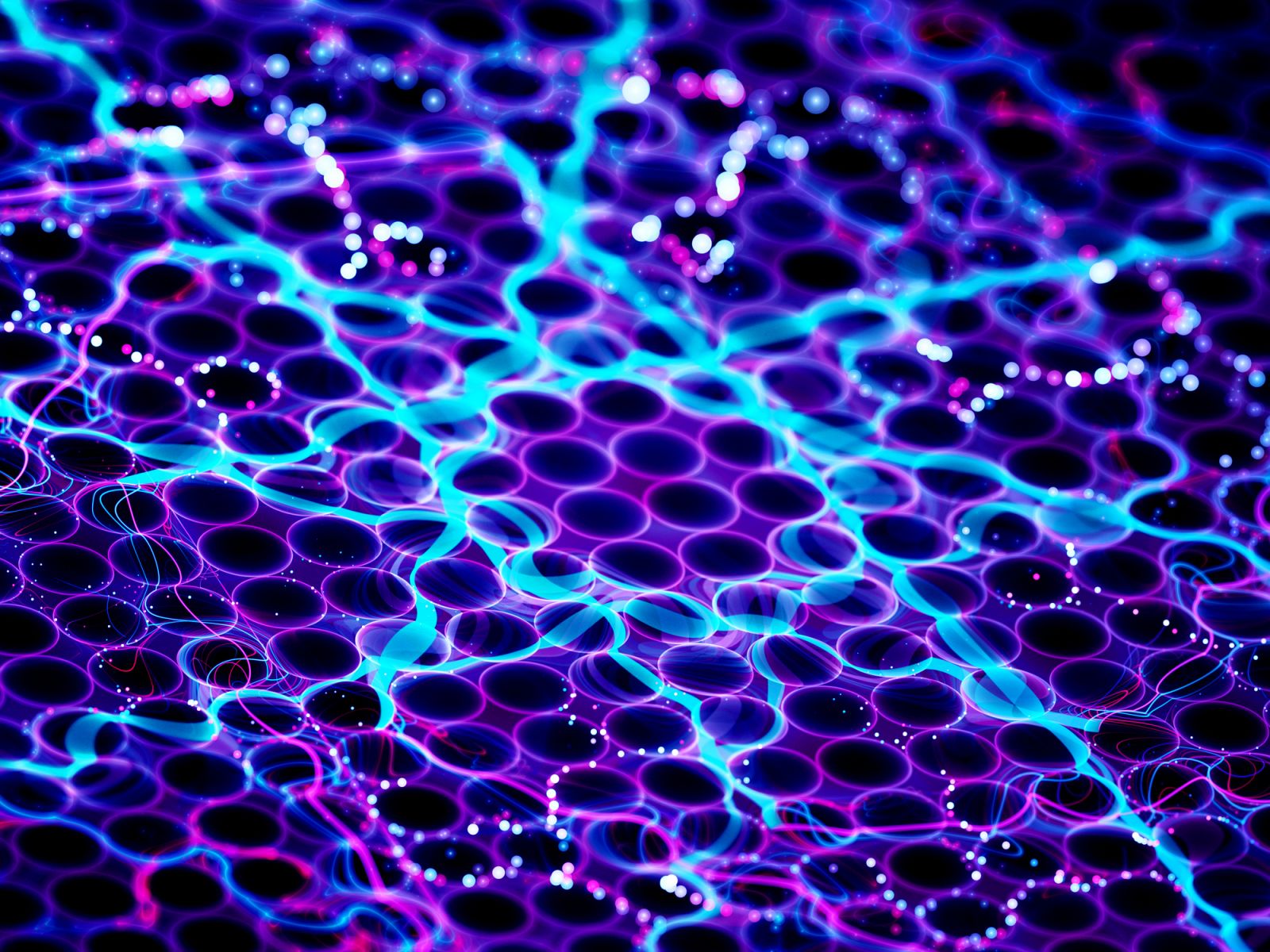
In the wake of the Hong Kong-Zhuhai-Macao bridge’s recent sub-standard concrete scandal, building materials have been in the spotlight for all the wrong reasons. But a new wave of materials is poised to revolutionise the world, particularly the construction industry.
Strong, flexible and lightweight, human engineered nanomaterials – defined as materials with a single unit sized between one and 1,000 nanometres – are showing incredible promise, though they are still very much in the development stage.
Graphene, one of the first nanomaterials to be put to practical use, is seen by scientists as ‘the material of the future’. Though its particles are miniscule, graphene is hundreds of times stronger than steel, extremely flexible and able to conduct electricity. Initially extracted from graphite at the University of Manchester in 2004, researchers have since been feverishly working on ways to harness its impressive power.
In the US, a team at MIT’s Department of Civil and Environmental Engineering recently used graphene in combination with other nanomaterials to create a lightweight substance that is only five per cent as dense as steel, but ten times as strong. Zhao Qin, one of the team’s research scientists, believes that when used for construction, this material “may eventually help reduce the usage of the conventional materials and effectively reduce building weight and labor cost. The high strength and high chemical resistance of carbon materials can also help to make architecture and infrastructure more resilient,” he added.
Here in Hong Kong, the Science Park-based Nano and Advanced Materials Institute (NAMI) is dedicated to helping local start-ups and enterprises turn new materials into innovative and marketable products. NAMI envisions that advanced materials like graphene will be key to the building materials of the future, delivering benefits in four key areas: energy saving, waste recycling, maintenance and noise reduction.
The beauty of nanomaterials is that they are tiny building blocks that can be combined with many other substances, meaning that they have incredible potential – not only for construction but a host of other functions, from medicine and electronics to helping filter water and clean up toxins in our environment.
This potential is already being realized on a small scale: earlier this year, NAMI won nine gold medals at the 45th International Exhibition of Inventions of Geneva 2017 for several pioneering inventions, including an ultra-flexible and super safe battery for wearable electronics, a germ-repellent plastic resin, and a breathable nanofibre face mask for sports, among others.
It may be awhile before scientists can help get nanomaterials out of the lab and into construction sites, but there is no question that these all-but-invisible particles will be making our structures safer and transforming our built landscape in the decades to come.